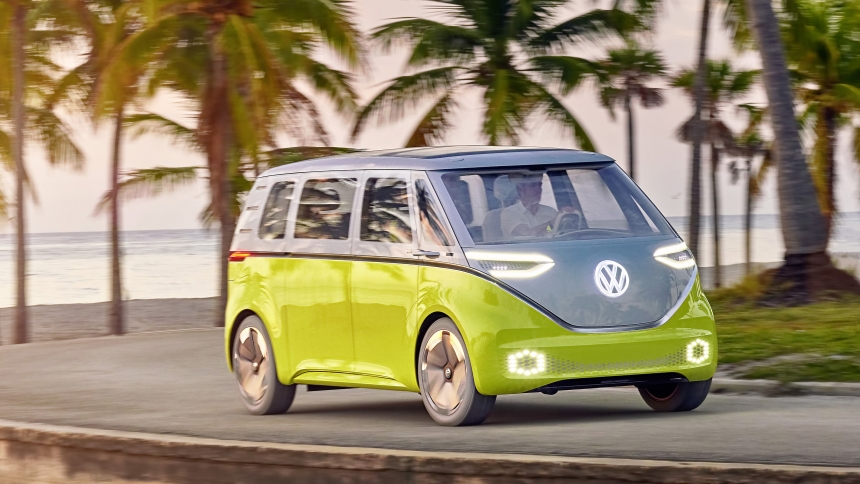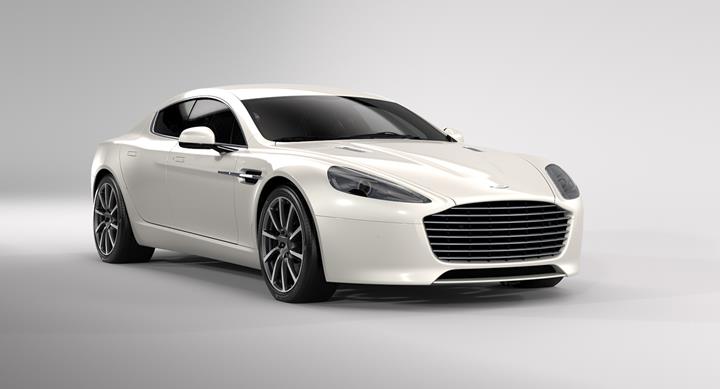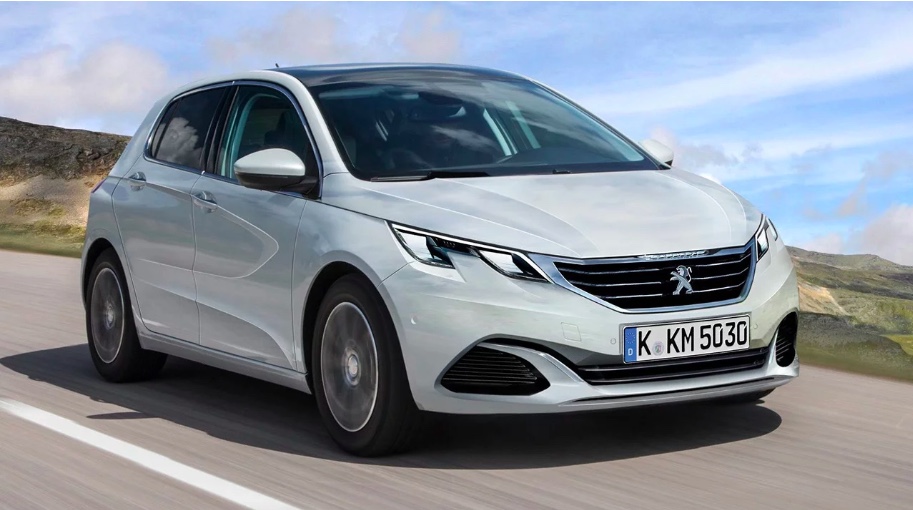It is apparent that 2019 will be an exciting year for EV releases in LHD and some, in RHD, hopefully filtering down to the NZ market.
But even more exciting in 2019, will be the expected announcements of delivery dates for a whole raft of BEVs likely to be released in 2020/21. Experts predict that 2020/21 will be when EV finally becomes a viable alternative for the bulk of the driving population because there will be an EV model suited to almost anybody. That's not to say the bulk of the market will choose an EV, but that there will be less holding them back.
Before then, we have a few new cars hitting the international market and a few notable models finally reaching NZ in 2019.
First up, let's look at those models that have already been released, but to the best of our knowledge are expected to reach NZ shores in 2019.
Already on sale here as a hybrid/PHEV, the BEV version, expected to have a real world range of ~300 km, (potential range of 400 km), will be released in RHD in early 2019.
As to when Kia, a sister-company to Hyundai, will bring the vehicle to NZ, we are not sure. But if it's released in Britain, then second-hand imports are likely to filter through. But when I last spoke to Kia, they indicated an early to mid 2019 NZ release.
Kia says that the European e-Niro will be equipped with “a high-capacity 64 kWh lithium-polymer battery pack” capable of a 100 kW charge rate and a front wheel drive 150 kW (204 ps) motor.
A less expensive version, with a 39.2 kWh battery pack will apparently have a potential range of up to 300 km.
Kia's e-Niro could be a sensible option for families with a 451 litre boot space and room for four adults. It is expected to be priced aggressively internationally, but as usual, will probably have an inflated price here in NZ.
Tesla Model 3
There's not a lot to say, that hasn't already been said, about the hotly-awaited Model 3. The long range version is expected to finally arrive in NZ garages in early 2019*, with the short range to follow, and no word yet on the mid-range.
The very patient Model-3 buyers in NZ will benefit from improvements in the technology behind the vehicle, as many initial kinks have already been ironed out during the LHD rollout in North America.
*Correction: RHD production starts in late 2019, so NZ deliveries will be after that.
Jaguar i-Pace & XJ BEV
I'm going to add the i-Pace into this list briefly, although technically this has already arrived in NZ in late 2018.
While we may now be familiar with the i-Pace, less is known about the Jaguar XJ which will be reinvented as an electric car. It is expected to go on sale in late 2019, with a range of 450 km.
NEW INTERNATIONAL RELEASES 2019
Porche Taycan
Perhaps the most exciting new vehicle for 2019.
The Porche Taycan offers similar performance to the Tesla Model S, with matching acceleration. However, the Taycan will be able to charge twice as fast as anything that Tesla currently offer. This new offering from Porche, with its 800-volt system, will be able to fully take advantage of ChargeNet NZ's hotly anticipated 350 kW chargers, delivering enough electricity to charge 400 km in 15 minutes. Range options will be approx 300 to 500 km.
Using technology derived from Porsche's three-time Le Mans-winning 919 hybrid sports car, the four-door coupe will sprint from 0-100km/h in less than 3.5 seconds before hitting a top speed of 250km/h. A weekend racer's dream car, able to maintain high speeds without overheating.
In terms of pricing, this will be a high-end vehicle that only a few wealthy people are going to be able to afford.
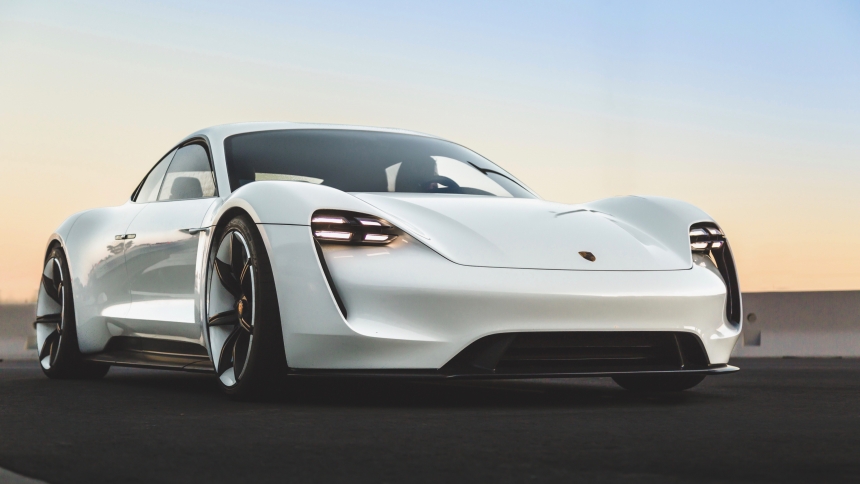
Audi's all electric e-Tron SUV has a distinctive off-road look, compared to the sporty A3 PHEV released in 2017.
Originally promised for 2018, the first European deliveries are now expected in early 2019. Audi NZ are already promoting the vehicle, although they have not listed a delivery date afaik.
Its potential range will be 400 km, with a real-world range likely to be around 300+ km. But bearing in mind, that this is a genuine SUV, which being the workhorse that SUVs generally are, is always going to have a lower real-world range than their more sporty cousins.
The Audi e-Tron is similar in body size to the Audi Q5, and this impressive vehicle will come with a 95 kWh battery pack. In a first for Audi, the vehicle will have CCS-DC charging, making this their first really useful EV, and boasts charging speed of up to 150 kW. Type-2 AC charging will come in two options: 11 kW and 22 kW.
On a price comparison, it is unlikely to be marketed as cheap as the Kona. But this is Audi, and you pay for what you get. It will boast a light-filled interior with a panoramic glass sunroof, mirrorless technology, 4-zone intelligent air conditioning, and intelligent navigation. All wrapped up in Audi's signature stylish design.
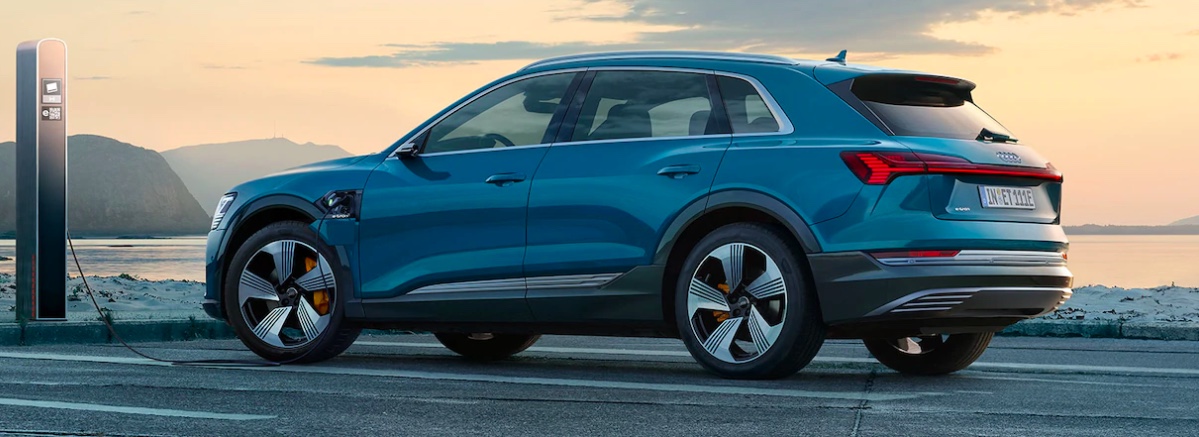
BMW i3 and i3s 2019
BMW are releasing a new i3 and i3s, due to be out in RHD in 2019 with the Rex versions to follow.
Sufficiently different from the original i3 and i3s to be included in this list, the 2019 models are getting a 42.2 kWh battery pack with a potential range of up to 250 km - a 30% improvement over the 2017 models.
The i3 is already famous for getting a lot into quite a small space; it’s less than four metres long, but its rearward opening doors give decent access, and its boot space of 1100 litres with back seats down, is better than its cheaper counterpart, the Nissan LEAF. The new larger battery pack will have the same exterior dimensions as in previous models.

Mini EV
In late 2019, BMW is supposed to start the production of the all-electric Mini.
Not much is known about the specs of the Mini electric, and it has to date only been released in a variety of concept versions.
Range is expected to be limited to under 250 km, but that's all right provided it is priced as a city car.
We should learn more in the coming months.
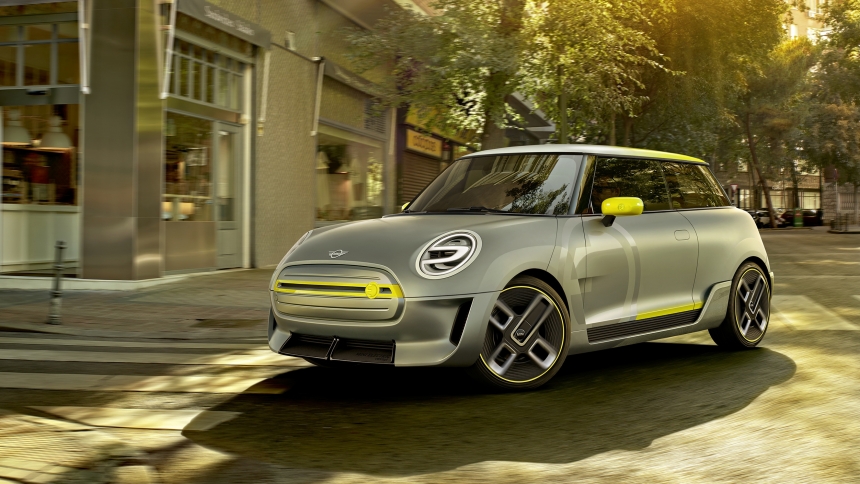
What Else is BMW doing?
BMW are doing some impressive things with their 5th generation electric powertrain technology. Unfortunately, this tech is unlikely to debut until the release of the BMW iX3 (concept image below.) 2020 production date at this stage.
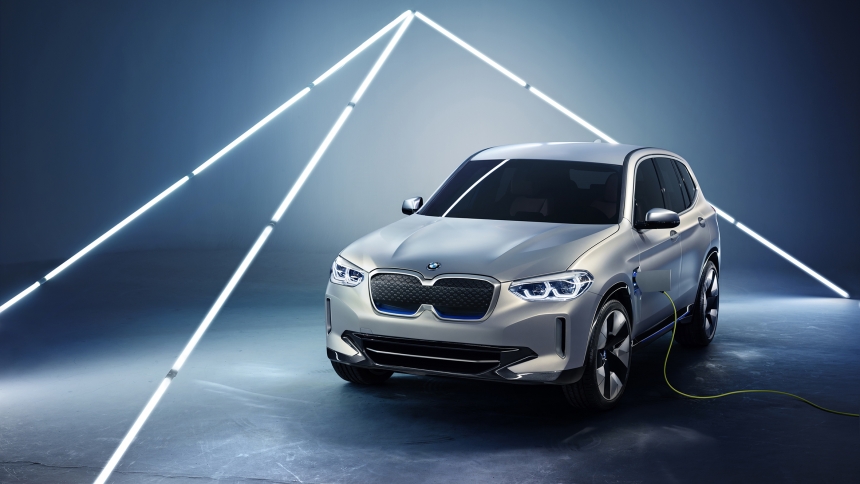
Nissan IDS LEAF 60 kWh 2019
Like the BMW i3, we are not talking about a new vehicle, but again, the Nissan Leaf is also getting a significant enough update to add to this list.
The 60 kWh battery pack is finally expected to hit the market in 2019 with production announcements due very soon.
It should bring the range of the Leaf to well over 300 km and make it an affordable long-range all-electric vehicle.
IDS stands for Intelligent Driving System, and yes! ... this does mean autonomous driving.
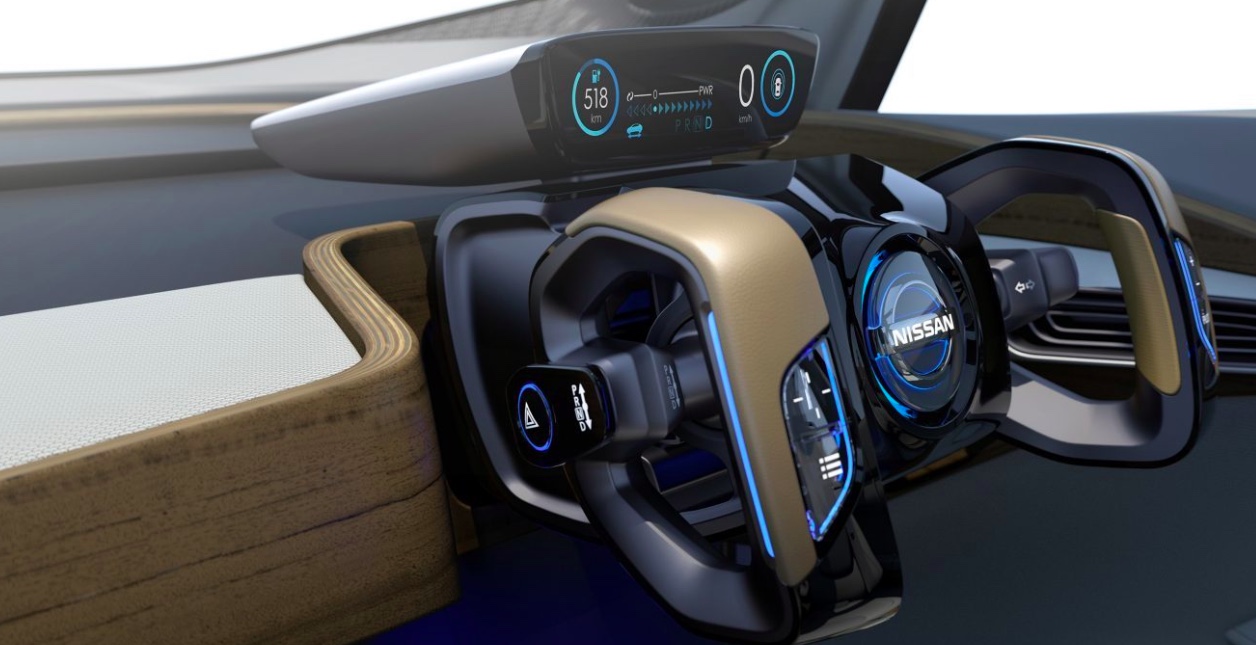
Expected to be a low-priced EV, the Honda Urban is a sorely needed addition to the 2019 EV lineup.
The salad spinner wheels, squat shape, and grille that doubles as a message screen combine winning retro design with modern technology.
The production car won't be identical to this concept but fans will be hoping that Honda carries over as much as possible. If so, it could be a hit among city car buyers, who will find the car's expected 240 km range more than enough.
EDIT: [from Electrek 10 Jan 2019] “Honda’s first next-gen all-electric vehicle was supposed to go on sale this year, but the production has been pushed to ‘early 2020’ and we might have to temper our expectations when it comes to availability, according to a new report.”
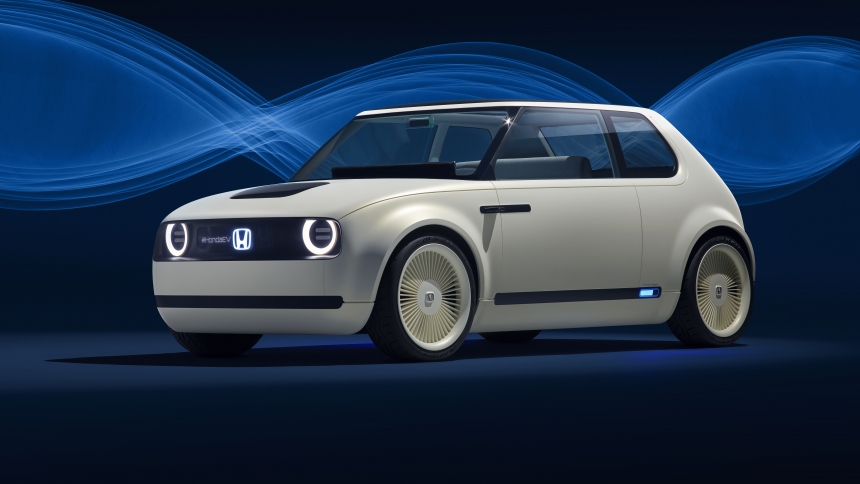
Mercedes-Benz EQ-C 2019
With its typical quality, style and safety, the first fully electric offering from Mercedes will not disappoint if you are looking for understated elegance without compromise. It may look like other models in the Mercedes-Benz range, but the EQ C is built from the ground up.
Potentially a direct competitor to the Audi e-tron, the Mercedes-Benz EQC falls into the compact SUV class.
The provisional range is about 450 km, powered by two asynchronous motors with a total capacity of 300 kW (408 hp).
The EQC is equipped with a water-cooled onboard charger with a capacity of 7.4 kW and has a maximum capacity of up to 110 kW at an appropriate charging station.
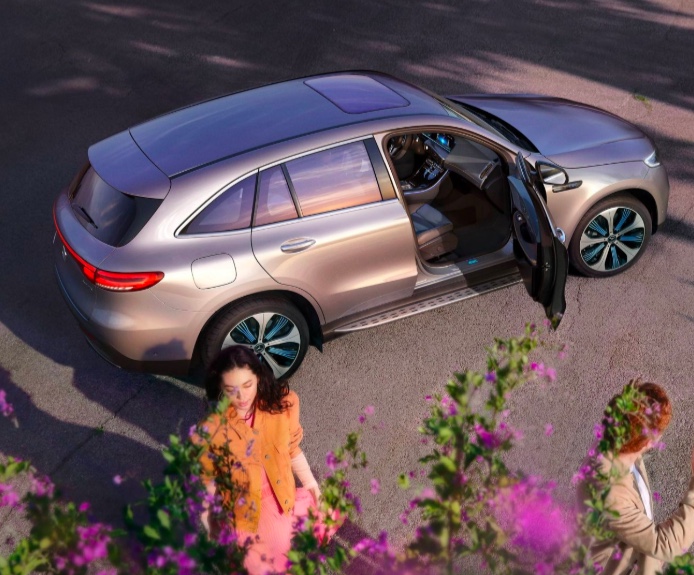
Mercedes-Benz is also expected to release in 2020 the EQ-A, a somewhat sexier three-door hatchback, similar in size to the Mercedes A-Class.

Volvo were the first traditional OEM to announce plans to move completely to electric drivetrains in 2017. And now, finally in 2019, the first all-electric Volvo is about to make it to production. The XC40 will fit into the compact SUV segment which has shown strong growth in North America and Europe.
Unfortunately, not much is known about the vehicle just yet, but the XC40 latest CUV (cross-over utility vehicle) platform was built from the ground up to support several types of powertrains – including an all-electric one.
EXPECTED IN 2020 AND BEYOND
As mentioned, it will be exciting to see what is coming in 2020/21. Some highlights include:
VW I.D. Neo
Currently known as the ID Neo, VW have unveiled their concept for their new five-door hatchback EV. Some of the futuristic touches of the concept car will be lost for the production car, but its design is likely to be more adventurous than the conservative Golf. An expected range is likely to be somewhere inbetween 400 - 500 km.
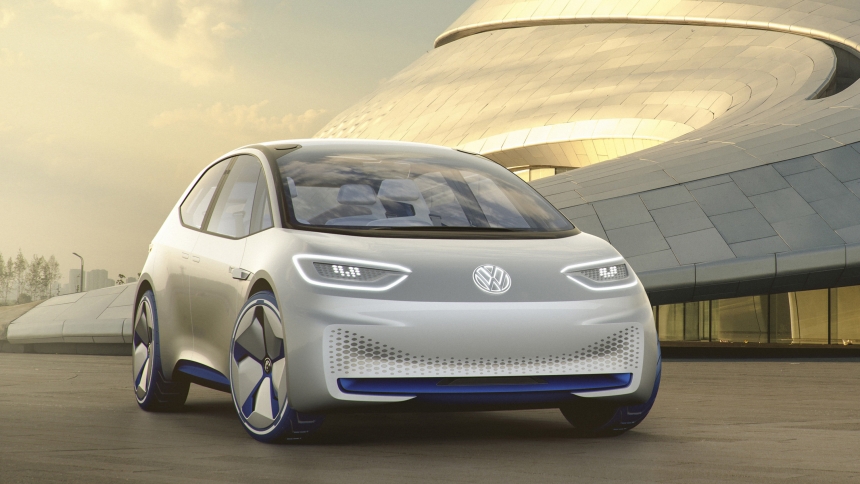
Tesla Roadster
Yes, we know there's already a Roadster, but this is the successor to the original production run of 2450 cars. The original Roadster was based on a Lotus Elise body and was the vehicle that kickstarted Tesla Motors. The new 4-seater (2 + 2small) Roadster will be built from the groundup, boast DC Charging, 200 kWh battery pack with 1000 km range, making this model essentially a new vehicle with hypercar specs and performance. Estimated production date: 2020 but NZ sales could take years longer. NZ Reservations are open already though.
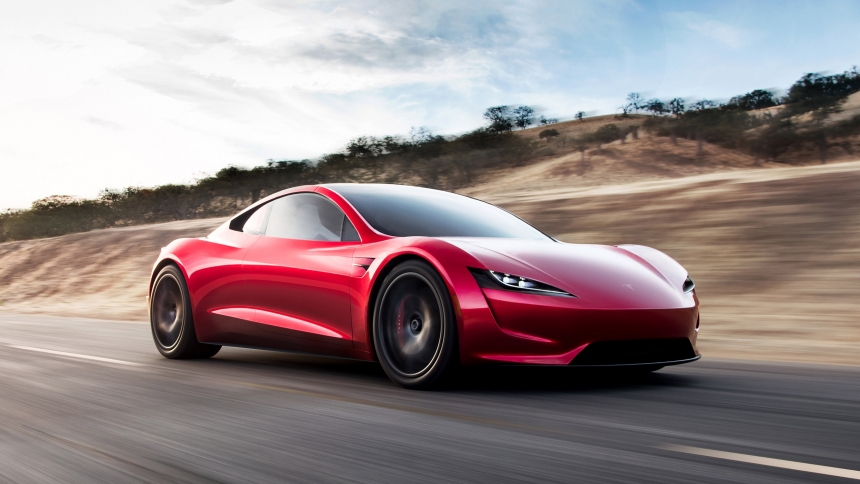
Rivian R1T Truck (Ute)
According to the company, the R1T 5-seater has a payload rating of 800 kg, can tow up to 5000 kg, and ford water up to a metre deep. In off-road mode, the R1T has a ground clearance of 360mm, an approach angle of 34 degrees, a departure angle of 30 degrees, and a breakover angle of 26 degrees. Three battery packs will be offered with the R1T, with a motor on each wheel on all variants.
Expected LHD delivery is late 2020.
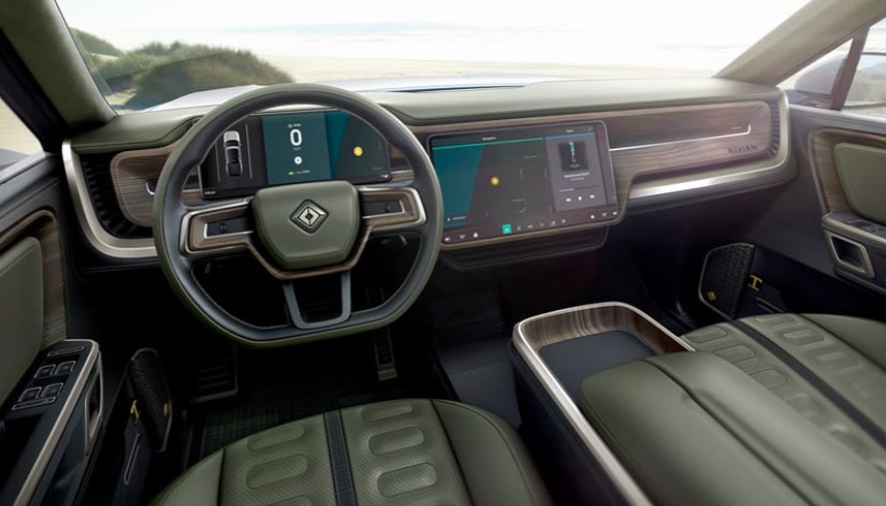
Rivian R1S SUV
7-seater, off-road SUV. 180 kWh and 130 kWh variants likely to be produced 2020.
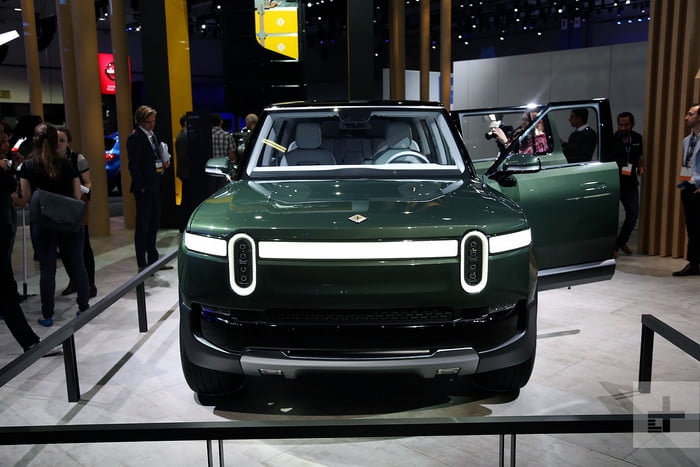
Rimac C-Two
And finally, it wouldn't be a complete list by me if I didn't mention my favourite - the Rimac C-Two. 150 cars will be made and have already sold out at a cool, US$1million+ each. The styling of this mean looking hypercar and it's specs (apart from range) will blitz everything else on the market both ICE and EV.
First deliveries of these hand-made collectors cars are expected in 2020.
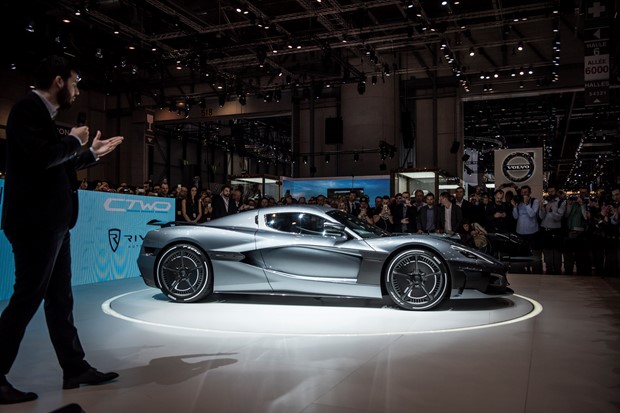
[Rachelle Tilsley - Better NZ Trust - 31/12/18]
